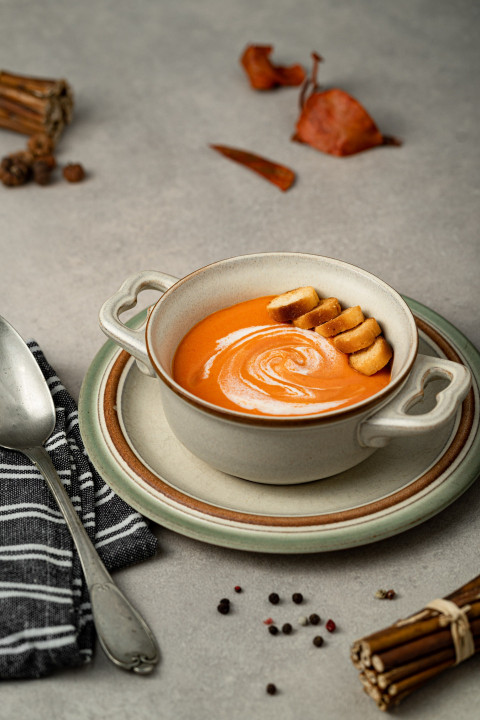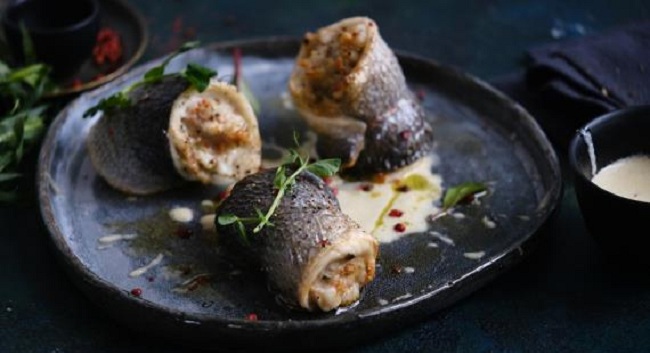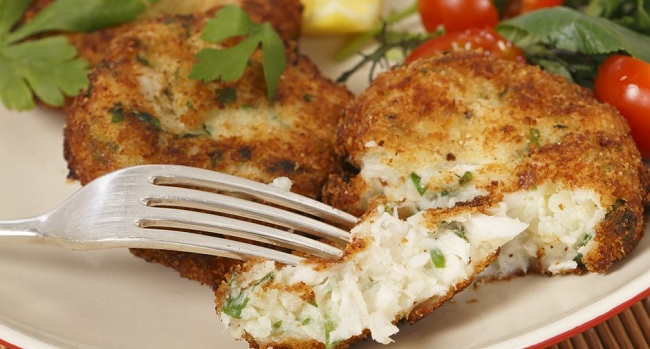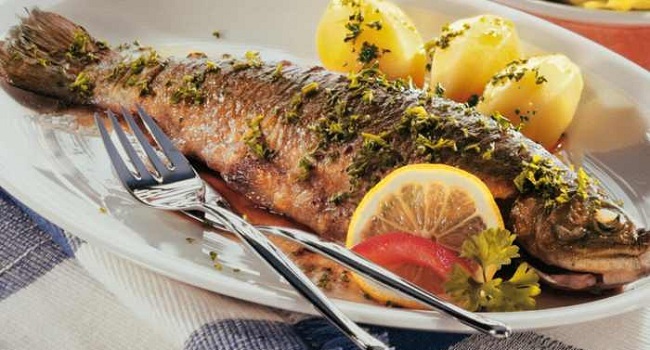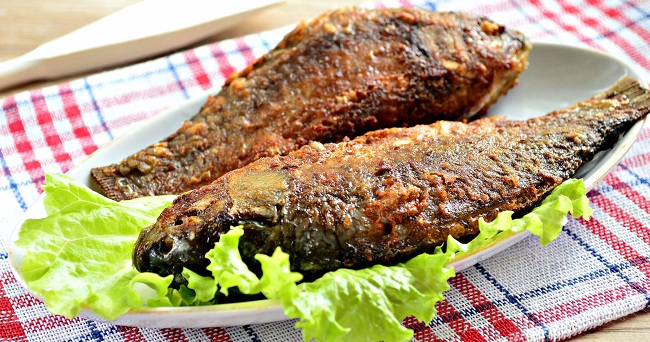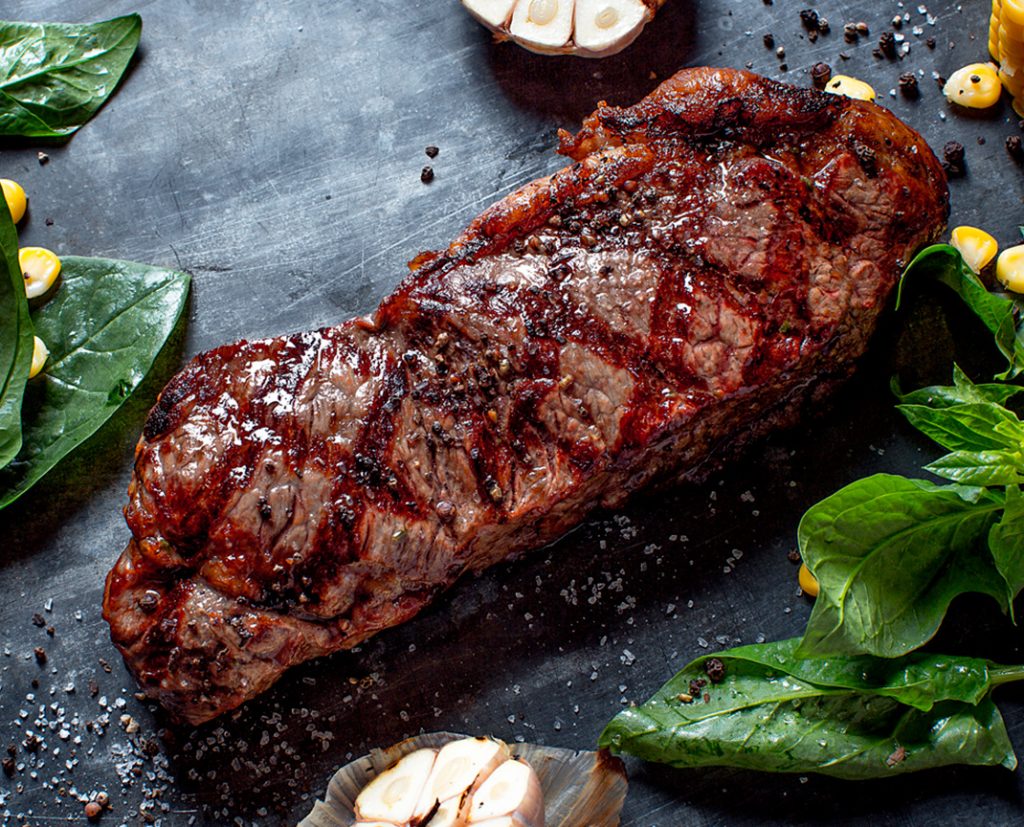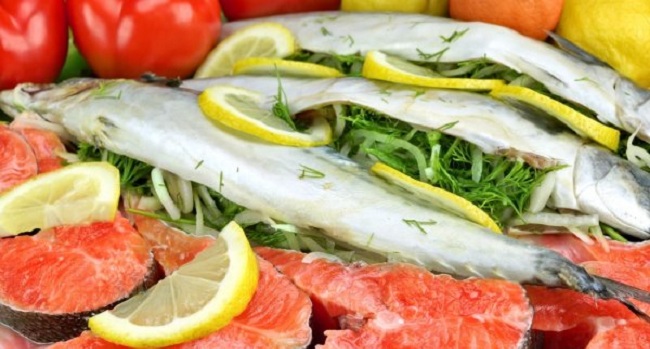Garlic confit is a method that significantly extends the shelf life of garlic. Here you will find a simple recipe for the aromatic oil bulbs.
Confit is a good way to preserve garlic and prepare it for further processing. Making garlic confit yourself is also very easy and only takes a few minutes.
When buying garlic, look for organic quality if possible. You are supporting ecologically more sustainable agriculture that treats the earth’s natural resources with care. We particularly recommend the organic seals from Demeter, Bioland, and Naturland, as they set stricter criteria than the EU organic seal.
By the way: Even without processing it into confit, you can significantly extend the shelf life of garlic by storing it well. In another article, we show you how to store garlic properly.
Make garlic confit yourself: Here’s how

Ingredients:
3 bulbs of garlic
300 ml rapeseed oil
Directions:
Peel the garlic cloves. This is particularly easy with our tips for peeling garlic.
Place the garlic cloves in a small saucepan. Add the canola oil so that all the cloves are completely covered.
Heat the oil at low temperature. Let the garlic simmer in the warm to hot oil for 45 minutes or until the cloves are soft and lightly browned.
Then put the garlic cloves in a sufficiently large and sterilized screw-top jar and pour in enough oil to completely cover them. Complete!
Garlic confit: shelf life and further processing

Covered with enough rapeseed oil, the garlic confit will keep in the fridge for up to six months.
You can use both the preserved garlic and the oil for a variety of recipes:
Toum: Vegan Garlic Sauce Recipe
Aubergine Soup with Garlic and Herbs: A plant-based recipe
Skordalia: Greek Potato Garlic Cream Recipe
Garlic Potatoes: A recipe for the hearty side dish
You can simply process the cloves like fresh garlic. They taste a little milder than the fresh version. Garlic confit oil is good for adding a savory flavor to dishes.


